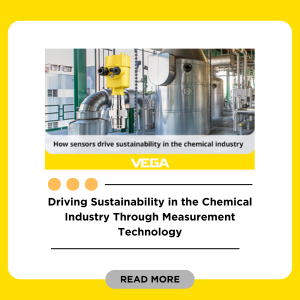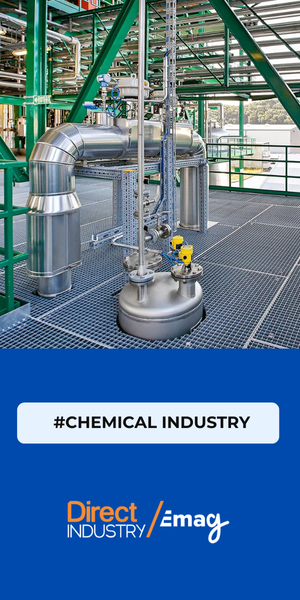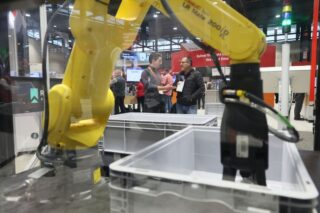By 2024, electric vehicles will make up 1 in 5 vehicles sold worldwide. EV manufacturers have experienced rapid growth in just a few years. To keep up with new European regulations, they must constantly reassess their business models, establish new production lines, and address the key risks that this transformation will bring. What are these risks?
In France, the market for new electric car sales has soared by 37% since 2022, with 1.5 million units sold in 2023. This year is set to be another record year, with an increase in electric cars of 20%, according to the IEA. Governments around the world are looking to reduce CO2 emissions, spurred by the European Parliament’s recent measures to achieve climate neutrality by 2050 by reducing car emissions and switching to electric vehicles.
What does this mean for carmakers? Firstly, they must move towards the design and production of essentially electric fleets, which many have already started to do. Secondly, they must build new production lines and master new manufacturing processes, which can be a real challenge.
READ ALSO
Here are the 4 major challenges facing the automotive industry in the coming years.
1/ Preventing Charging Problems and Overcurrent in Electric Vehicle Batteries
The manufacture of batteries and fuel cells requires precise control of the thickness of the electrode sheets to avoid overcharging, excessive discharging and overcurrent. Manufacturers therefore need double-sided thickness measurement, measuring thickness on both the top and bottom faces of the foil, to obtain more accurate measurements than traditional single-sided methods.
Solutions using RFID and 2D codes are dedicated to managing cell time and capacity. They are therefore very useful for ensuring that batteries are produced from cells of identical capacity for consistent performance.
2/ Adapting to the Increase in Electronic Control Units (ECUs)
The growing electrification of the vehicle fleet is accompanied by an increase in the number of ECUs, but they are also becoming more complex. Traditional methods of configuring inspection parameters for each connector pin are time-consuming.
To optimize this task, connector inspection solutions exist that simplify this process by minimizing the need to design complex algorithms. This enables manufacturers to seamlessly integrate products into production, effectively manage the associated costs, and meet the demands of this fast-moving industry.
READ ALSO
3/ Improving the Efficiency of Weld Inspection
Fast, accurate weld inspection is essential, particularly for high-power engines with many weld points. Advanced image processing technologies are ideal for delivering stable, high-speed inspections, reducing the time traditionally required for quality control.
This technology uses a unique control algorithm for high-speed appearance inspection, which dramatically reduces inspection times and maintains high accuracy.
4/ Ensuring Staff Safety in an Automotive Final Assembly Plant
In automotive final assembly plants, ensuring the safety of personnel is paramount. To guarantee a safe environment, it is in the interest of manufacturers to equip themselves in the years to come with autonomous mobile robots that can handle heavy loads and navigate industrial environments autonomously. By reducing the risk of injury and replacing forklift trucks, these robots will address the problem of labor shortages, improving both safety and efficiency.
As well as overhauling their design and production systems, electric vehicle manufacturers also must consider the new challenges imposed by these new integrated technologies, such as ensuring that the battery holds up well and increasing the number of electric control units.
The sustainability of the electric car industry will also depend on optimizing the various safety parameters, whether in the final inspection of vehicles such as welds, or in personnel, leaving the heaviest loads to autonomous robots. Relying on new technologies (AMR, robots, AI, etc.) will be the key to meeting all these challenges.







![Image [Buying Guide] How to Choose the Right AMR?](/wp-content/uploads/sites/3/AMR-320x213.jpg)


